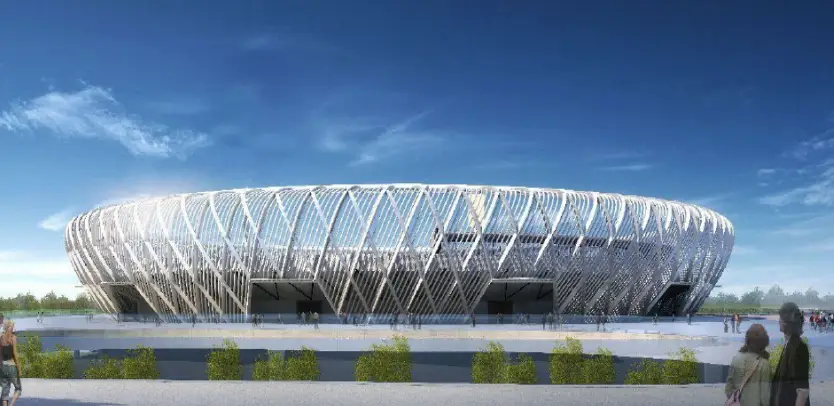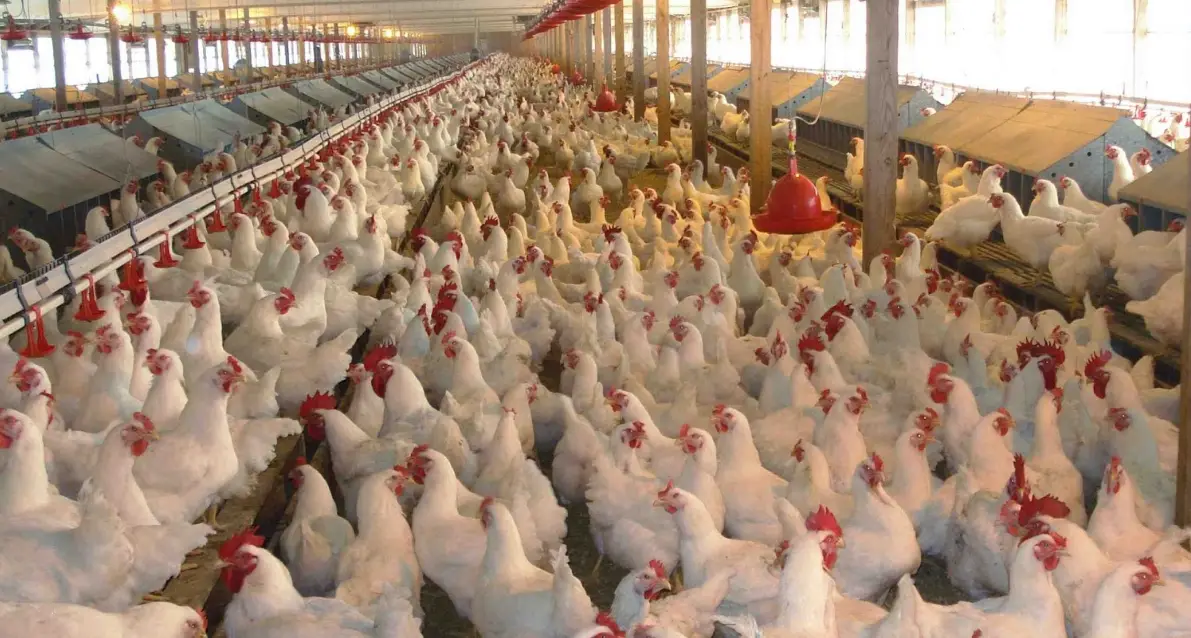lighting
-

Football Field Lighting Layout
The design of football field lighting is a complex interplay of engineering precision, athlete performance considerations, and environmental adaptability. Modern lighting systems must balance uniform illuminance, glare control, energy efficiency, and compliance with safety standards while enhancing the experience for players, spectators, and broadcasters. This article synthesizes advancements in lighting technology, optimization methodologies, and human-centric…
-

Designing Optimal Football Field Lighting
Designing Optimal Football Field Lighting Football field lighting design is a multidisciplinary endeavor that merges engineering precision, energy efficiency, and human-centric considerations. Achieving uniform illumination while minimizing glare and enhancing player performance requires careful planning and innovation. Below, we explore key principles and emerging trends in this specialized field. 1. Uniform Illumination and Optimization Techniques…
-

led poultry lighting
The adoption of light-emitting diode (LED) technology in poultry production has revolutionized modern farming practices, offering unprecedented control over light spectra, energy efficiency, and animal welfare outcomes. This article explores the transformative role of LED lighting in poultry systems, synthesizing recent research on its physiological, behavioral, and economic impacts, while addressing challenges and future innovations.…
-

Optimizing Vertical Illumination in Sports Lighting
Vertical illumination is a critical factor in sports lighting design, directly impacting visibility, athlete performance, and spectator experience. Below are evidence-based insights and recommendations derived from lighting research and industry practices: 1. Standardization and Measurement The Illuminating Engineering Society (IES) provides standardized terminology and definitions for vertical illumination metrics, ensuring consistency in design and evaluation.…
-

Basketball Court Lighting Layout
The design of basketball court lighting systems requires careful attention to illuminance uniformity, energy efficiency, and glare control to ensure optimal visibility for players, officials, and spectators. Based on comparative studies and technical evaluations, the following principles and innovations guide modern basketball court lighting layouts. 1. Light Source Selection and Hybrid Systems Hybrid lighting systems…
-

Sports Lighting Requirements
Effective sports lighting design is critical for optimizing athlete performance, ensuring spectator comfort, and meeting energy efficiency goals. Modern requirements extend beyond basic visibility to encompass advanced metrics such as glare control, spectral adaptability, and smart system integration. Drawing insights from research on indoor sports facilities, LED retrofits, and human-centric design, this article outlines key…
-

A Systematic Approach to Sports Venue Lighting Quality
Discussions surrounding optimal lighting quality for sports venues – encompassing badminton, table tennis, basketball, volleyball, and tennis courts – are perennial. While previous analyses have established core technical parameters like glare elimination, flicker-free operation, high color rendering (CRI), and sunlight-spectrum illumination, the critical question remains: how do we systematically achieve this desired quality? Achieving consistently superior…
-

Sports Field Lighting Requirements
Effective sports field lighting is critical for optimizing athlete performance, ensuring spectator safety, and minimizing environmental impact. As lighting technology evolves, standards now emphasize a holistic approach that balances illuminance, glare control, energy efficiency, and ecological considerations. Drawing on advancements from LED innovation to glare modeling, this article explores key requirements and emerging trends in…
-

led light for chicken coop
The application of LED lighting in chicken coops has been extensively studied in poultry production, with several key findings relevant to performance, energy efficiency, and welfare: 1.Energy Efficiency and Cost Savings LED lighting significantly reduces energy consumption compared to traditional incandescent (INC) or compact fluorescent lamps (CFL). For instance, LED lamps decreased lighting program costs…
-

Optimizing Poultry Lighting for Enhanced Egg Production
Photoperiod Management Artificial lighting programs significantly influence egg production by regulating reproductive hormones. Layers require a minimum of 12–14 hours of daily light to stimulate egg-laying, with longer photoperiods (e.g., 16–18 hours) improving production rates in both chickens and turkeys. For example, extending daylight to 18 hours in turkeys reduced photorefractoriness and increased egg production…
Got any book recommendations?